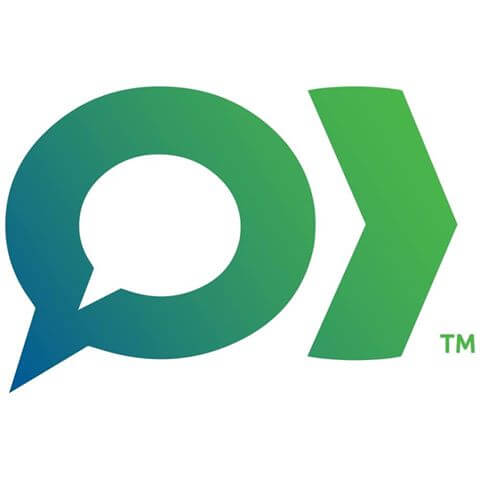What elements are key to successful working relationships with remote teams?
Well, we only have remote workers, including me. For a 100% distributed team, I’d point to a few key resources:
- A flexible, instant “virtual office space”, in the form of something like HipChat or Slack (or even a private IRC). We use HipChat, and I think is the 10up office: there are social rooms, team rooms, private rooms (“locked doors”), project rooms… you can seamlessly go in and out and it integrates with many of our production tools (like Beanstalk and Basecamp). And I can get there from any of my devices (computer, phone, tablet, etc).
- Lots and lots of video chat! Virtually every meeting inside the company is held over video chat (we use Zoom, which we’ve found to have excellent fidelity even at lower bandwidths), and we encourage our clients to join us for video chat as well. Seeing some face to face, even if it’s over a screen, still builds empathy and camaraderie in ways “voice and text” conversation does not.
- Meetups – at least one a year. Our annual all hands summit and team social meetups (set about 6 months apart from the summit) are a highlight for many on our team, a real (sometimes needed) boost of inspiration and energy. They’ve become an anchor for our team.
The principles of a successful working relationship with remote teammates do not differ that much from any other relationship. You have to be responsive, goal-oriented, and kind.
Establishing and sticking to a regular meeting rhythm is the most important thing. Meetings should have an agenda and start and end on time.
Emphasizing relationships in our interactions and daily work is also important. We dedicate time to sharing stories and getting vulnerable with each other. We also have job coaches for everyone.
Keeping them engaged through regular communication is most important. They should also have a clear expectation of their role and how vitally important it is to the company. Lastly, you should offer continued training and development so they don’t feel stagnant and have continued growth as an employee.
- Open and frequent communication: It is so important to over-communicate and follow up with team members afterwards to ensure the message was perceived as intended and if there are any questions. We rely on email and chat so much that it is critical to know when to pick up the phone or even have a video conversation. Because everyone is remote, fostering communication builds relationships and bonds team members. We don’t want people feeling like they are off on an island somewhere.
- Trust: We like to say “fill the gap with trust” here at BELAY. When you can’t walk down the hall to see if someone is working on that time-sensitive project, you have to trust that your team members are doing what they say they are doing and that they will deliver a quality product to you on time. Treating people like professional adults and giving them the trust and flexibility to be present at work and at home pays off in increased productivity.
- Technology: Having the proper technology allows us to feel connected (team, clients, etc.) as well as work effectively and efficiently.
I would say that the number one key success factor has been to focus on OVER communicating. Since we don’t see each other at the water cooler, we have made a concerted effort to stay in touch with our team often, and to foster a virtual open door policy – that is, speak up no matter what the situation, and speak up often! We also make sure that communications are done via video as much as possible because it’s nice to “see” each other, and it helps us connect on a more meaningful level. We prefer Slack as the easiest means!
Communication is one of the biggest ones for us. One of our values is “Communicate with clarity” and it’s vital in having a successful relationship with remote colleagues. Clear communication leads to better understanding how everyone works and helps build more trust in our team. We also truly rely on tools like Slack, Zoom, Discourse, and email to make sure we can have the level of communication we want to.
As with any successful recipe, there are a number of important ingredients to a successful remote working organisation. These include:
- Establishing a culture of trust in our people, products and services.
- Top down approach to empower and engage our employees, ensuring clear communication and expectations are set and shared.
- Using the right tools. Google Hangouts are a lot more personable than a phone call while obviously not as personal as a face to face meeting. This seems to be a happy medium for home workers that ensures they do not feel isolated and still have people they can physically identify with as colleagues.
Clear requirements and expectations starting from the job description, the interview and the trial terms. A measurable process monitoring KPIs both on a technical level, attitude, and soft skills. And a great working environment that allows people to share fun stories online, connect and interact with the rest of the staff and, whenever possible, meet once or twice a year.
Communication and trust are the two most important things – and if you want them, you need to empower your team and give them the resources they need to succeed. In some cases, that means tools that simplify communication and task management, like Slack, Zoom, and Asana. Sometimes it means making sure they have consistent access to information – we maintain a company wiki full of how-to guides, important files, and more. And sometimes, it just means establishing clear boundaries, especially between work time and home time. What starts as a “make your own hours” policy can easily turn into an expectation that remote employees are always available, and in our experience, it works better for both the business and its team members to establish a clear distinction between expected working hours and time off.
Communication is key. It gets tougher when factoring in different timezones, but it’s really important to make sure team members can join meetings and reach the people they need to. It’s also really important to make sure tools like Slack are available where remote team members can have a bit of fun with their colleagues in different locations. We have Slack channels dedicated to our pets, to food and culture, to music and a number of other shared interests so remote workers can still interact with teammates on a personal level.
Communication is key; miscommunication is fatal. If you’re thinking something, take the time to call your employee and discuss it with him or her. I’ve seen so many misunderstandings resolved with a quick phone call, whereas if the issue had been ignored, it would have brewed for weeks until a large issue was on hand.
Communication is absolutely the most critical part of having a successful relationship with your remote employees. Not only is there a need for a lot of channels, but also for a creation of a common language and process through which you and your remotes can chat.
Constant communication is a necessary element in maintaining working relationships between all of our employees. Because we work remotely, we’re all in constant communication whether that be through phone, email, text, chat or video conference. It allows us to stay as interconnected as possible – a very valuable asset.
- Communication – In the absence of face-to-face conversations, communicating thoroughly, effectively and with respect is the key to working well remotely.
- Trust – We have a multitude of project management tools we use every day to ensure all projects are moving ahead and positively impacting the business’ overall goals. But we do have to trust that the team members are doing their job each day, and they have to trust that as the owners, we are there to support them. It’s that mutual trust that allows us to be respectful of each other’s workloads, ideas and ways of approaching everyday tasks. Ultimately job performance is measured on productivity, but if you can’t trust that your team is doing their job each day without you watching over them closely, no one will be successful.
- Building a culture – Creating a company culture is extraordinarily important, especially in a service-based business. Just because your company has a remote workforce, operating in scattered regions of the world, doesn’t mean they don’t want to feel appreciated as individuals and as a team. Work hard to create a professional but fun environment where team members feel comfortable because the camaraderie you build will make them happier and more productive.
An empathetic understanding of one another’s roles, expertise, and workflow. Over-communication in Slack or on video chat. Honesty, vulnerability, coaching, and feedback.
- Rely on the technology available. From Google Apps to Cloud offerings, explore options that will suit your company best.
- Set regular meetings (as long as it make sense!) We’re not a fan of meetings that produce minimal results, so make sure your meetings have set agendas and outcomes. We do, however, recommend that you keep these regular meetings in your calendars. In my department, we have weekly catch-ups every Monday to set the tone for the week; we also meet every Friday to review projects and campaigns head.
- Mobile is your friend. Working remotely gives you the option to work from anywhere – that’s the best part, isn’t it? Whether you’re grabbing coffee or heading to the gym mid-day, rely on your mobile device. If I leave my home office, my mobile device is always in hand, ready to respond to emails or messages on Google Chat.
- Trust. As we work in a results-only work environment, trust of our colleagues and one another is of the utmost importance.
Clear tasks, responsibilities, and deliverables.
Communication is key to building strong remote work relationships. So is company culture. Whenever we get the chance, our employees cowork together. That gives us the opportunity to explore new inventory and bond. With a bunch of employees living around the SF Bay Area, a handful in and around Minneapolis, and some in NYC, we balance remote work with working together to cultivate teamwork and success.
Communication, community, and transparency. Without those three things, your relationships with remote workers will fail.
On a company level, honesty and transparency. When you work remotely, mutual trust is crucial. This means that the people working know what is going on with the company, what the plans and current projects are, and what challenges and roadmaps are ahead.
The company relies on people doing their best, without needing to micromanage their every move. In the end, the results will show the work every company member has or has not done.
Also, it is very important for people to feel they can always be honest about their work and their feelings, and that they are listened to and their input is appreciated.
On a team level, because we have multiple teams, those little human interactions between team members are also very important. The shared jokes and memes, friendly greetings, and opportunities to meet each other at conferences, meetups, and other events…these personal interactions are important to really gain team spirit because we all need a little fun and friendship.
Weekly calls are important, as is setting and communicating realistic and exciting goals.
Weekly one-on-ones are the best way to establish rapport, problem-solve, and encourage ongoing work on difficult projects. I’ve heard that always turning on your webcam for these is really important, but many people aren’t actually comfortable with that and would prefer voice-to-voice or online chat to check in. I meet with my employees in the way I’m comfortable with and encourage them to do the same.
Andrew Montalenti, Parse.ly co-founder and CTO, has said:
“The biggest thing missing from fully distributed teams is true face-to-face communication. There are a lot of subjective qualities to this kind of communication — such as body language — that cause the brain to react slightly differently than other forms, such as written or even video conference. Having a face-to-face ‘kick-off’ meeting among team members is critical to making the distributed team work smoothly. Not only does this humanize the relationships between team members in a way that audio/video simply doesn’t (seemingly for a lack of verisimilitude), but it also encourages some friendship and bonding relationships to form that are a bit tougher to facilitate via pure digital tools.”
Communication is key. I’ve found in a remote environment people actually work harder at communicating because they have to. Especially if you’re dealing with an international team that is communicating in a single language, you have to make extra effort to be clear and thoughtful in how you deliver messages. Just like it’s often hard to convey the right tone in written communication, cultural nuances are easy to misunderstand and must be accounted for. Ultimately teams have to be more considerate as they work together – and that is a good thing!
Also having online real-time communication tools (we like Slack) enables employees to get constant feedback and input from people in every corner of the organization, not just those closest to them. This encourages fresh perspectives and makes it easy for people to request help when they need, whether from a teammate, intern or the CEO.
In addition, chat tools show the “presence” of all employees at any given time, which reduces the sense of distance and geographic separation and really makes it feel like you are working side by side with your team.
I also have to say above and beyond anything else that kindness and helpfulness are huge – in fact we have made these qualities two of our top hiring criteria. A friend in human resources once told me that she measures the health of an organization by how helpful its people are. I’ve still not found a better measure for either office or remote environments. If you really focus on hiring kind and helpful people, I guarantee that communication won’t be a problem — even if your tools and processes aren’t perfect — and you’ll have a very healthy organization.
Feedback, coaching and one-on-ones are absolutely critical to a good relationship with employees.
Whenever I see something good or bad, I call that team member up and deliver feedback in the following way: “When you do [whatever I saw], here’s what happens: [the impact of that thing].” Then I follow it up with either a “Nice work! Keep it up!” or a “What do you think you can do differently next time?”.
It usually takes all of 5-10 seconds – even for the corrective feedback. It’s not meant to be a huge thing or a big deal. And every time I do it, I’m cementing our relationship and helping the team member grow.
During our weekly one-on-one (and it happens *every* week with each team member!), we spend ten minutes letting the team member talk about whatever is important to him or her, ten minutes for me to communicate important things about the company, details of upcoming projects, review the employee’s dashboard metrics, and/or the Top Priorities document for the employee’s respective role, etc.., and ten minutes for the team member’s growth. This could be a book the employee is reading, or it could be coaching around specific points that we both agree need improvement or refinement.
When someone is struggling with something more serious, we craft a coaching plan that is more thorough and may require extra time and discussion. I have never encountered a situation that hasn’t been improved through coaching and feedback.
I feel that these three things are absolutely essential to our success with our team.
Face-to-face as much as possible. Our default for meetings is Zoom with video.
Recurring public Slack “check-in/standup” updates. Depending on the team, these are daily or weekly.
Teams also post a summary of what the team has accomplished on a weekly basis. This helps everyone see what other teams are working on.
Clear expectations are critical for remote workers. Training a remote worker is different than training an in-house worker; it is doubly important to be clear about what is expected of them and to ensure that the processes and policies have been defined and all the necessary tools are accessible. You need to be available to answer questions and provide constructive feedback.
Communication, communication, communication. Because we must forego some of the natural conversations and interactions that happen when a team is co-located, we emphasize clear and frequent communication. For example, we practice Agile software development methods so our development team is in daily scrum meetings together. The ability to clearly communicate both verbally and in writing is a big factor for us when making hiring decisions.
Truly, a distributed company operates with all the same leadership dynamics and laws of physics a traditional, co-located company does. Culture matters first and foremost. The organization needs to have a shared and well-communicated clear vision, values, and stated goals. Organizations need systems in which teams can communicate and work effectively, signal issues and problems, facilitate creativity, and celebrate success.
In order to be effective, participants need to be able to know and trust each other, and have common language for collaboration, as well as systems and patterns which support effective work. All of this is true in a traditional work environment, but in a distributed company it is even more important. Because we cannot rely on ambient or environmental awareness in a distributed company, we need to actively signal to each other, and build patterns which prompt communication. This can include regular project scrums, discussions, dashboarding, reporting, and developing systems of record which provide the awareness everybody needs in order to succeed in their roles.
As Skillcrush continues to grow, we make it a priority to stay connected with each other and dedicate time to all of the team-building activities you would expect from an office setting—happy hours, one-on-one video hangouts, and chat rooms solely for sharing Corgi GIFs and ridiculous memes.
Open communication is really key—and as CEO, I believe that my team deserves the respect and security to know what’s actually going on in the business. By promoting full transparency in everything from revenue to how salaries are determined, I’m sending the message to my team that they have a seat at the table and that they deserve to have all the same information everyone else has.
Clear communication guidelines are very helpful. Miscommunication happens all the time in person, and happens a lot more over Slack or email. Just recognizing this forces people to make the extra effort to join video chats to discuss issues or have debates. Avoid Slack for debates!
Having a consistent meeting structure. When you’re in the same office as someone you can just look-up and see if they’re around to answer a question. It’s much harder to call an impromptu video chat. Someone might not be checking slack, or may be away from the computer. Having Daily Standups and using Google Calendar religiously allows us to sync up when we need to collaborate and avoid any potential frustrations.
Constant communication. This is by far the most important part of having a relationship with your remote team. As a manager, if I don’t communicate with the members of the team, I know that I run the chance of having them feel disenfranchised from the company. Even though we are all isolated, we don’t want our team members to feel isolated.
There’s the obvious ones like trust, transparency and regular communication. One of the things I’d also add is structure. This doesn’t get talked about much in conversations around remote working. But a remote company doesn’t mean that you throw out all structure and process. We are a relatively traditional company in all other ways such as goal setting, strategic planning, people & performance, professional development, governance, regulatory etc.
Open Communication – no blame games: The best way to overcome problems is to discuss them openly. Try to work towards a solution and avoid blaming others. In remote teams, it’s really important to even overshare information. Many misunderstandings are caused by mistaken assumptions, lack of information and insufficient communication.
No Kindergarten. Freedom + Trust = Reliability: Toggl team members put a lot of trust into each other. Based on our experience, this is the most efficient way to cooperate. Freedom of action combined with a lot of trust keeps away the ‘Kindergarten Syndrome’, which would force managers to control and monitor many aspects of the team members’ lives. We don’t want to do that. Instead, we want to have colleagues who put in a lot of effort to be reliable, and thereby earn each other’s trust.
Communicate, communicate, communicate. And when you are done with that, follow up with good communication! You have to be able to express yourself well on the phone and over email because you lose all the body language piece that face-to-face companies have. You lose the ability to move projects along just by chance meetings at the water cooler, kitchen, etc. You don’t have the ability to have quick chats, plop down in a chair in your co-worker’s office, or discuss business over lunch or at happy hour. You have to be diligent in your communication!
We do mandatory Monday and Wednesday meetings with all hands. Some of the time is spent just sharing what we did over the weekend or how things are going. We also go around and everyone shares what they’re currently working on. This is a great way for the team to get visibility into the organization and connect with each other. Without a physical office space, these meetings and the smaller conversations and one-on-ones become quite important. We don’t do video – just voice because we find video is distracting.
First, hire people who fit the model. Not everyone is cut out to work remotely. Next, be very clear with your expectations and provide the information and tools needed to be successful. Then trust your people to do what you’ve asked and instead of monitoring every action, use results to determine when course-correction is needed.


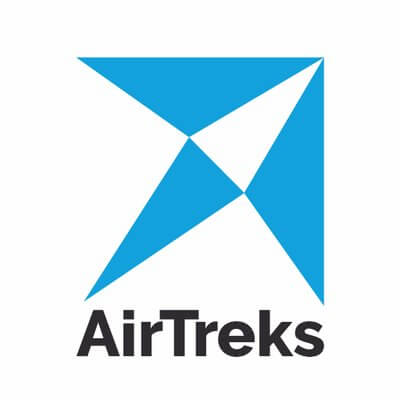
















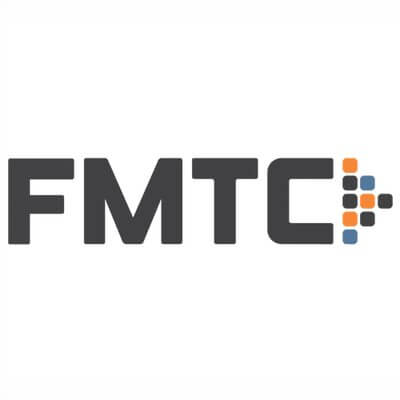










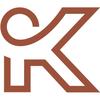



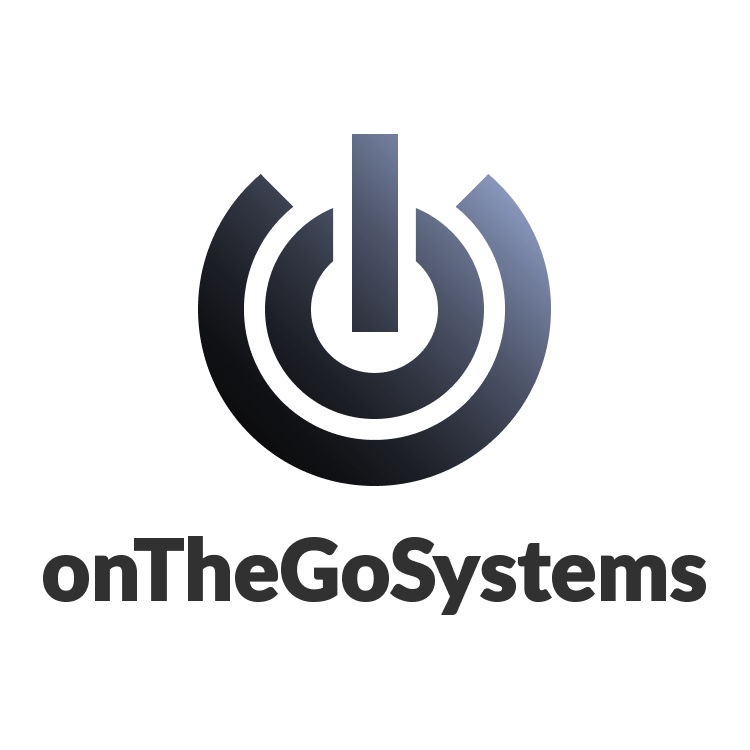










![/Simple [A]](https://remote.co/wp-content/uploads/2018/02/Logo_Eggplant.png?w=100)










